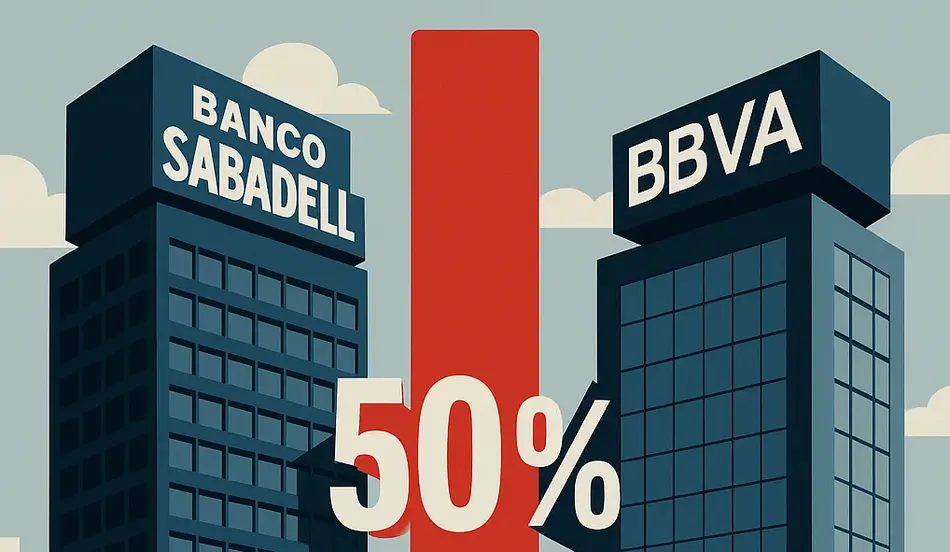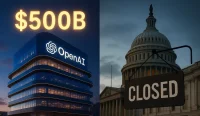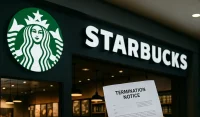Banco Sabadell BBVA Takeover: Why the €17 Billion Bid Faces Heavy Resistance
The Banco Sabadell BBVA takeover has emerged as one of the most heated banking debates in Europe. Despite BBVA’s €17 billion revised bid, Sabadell’s board strongly rejected the proposal, flagging serious risks such as fiscal consequences, shareholder dilution, and workforce instability.
From stock performance issues to legal thresholds and institutional pressures, the takeover attempt raises a storm of uncertainty. Let’s dive deeper into why the Banco Sabadell BBVA takeover has become such a high-stakes battleground for investors, employees, and regulators alike.
Why the Takeover Price is a Major Red Flag
Undervalued Offer Compared to Past Proposals
The BBVA bid is actually worse than its earlier attempt 16 months ago. Previously, BBVA offered Sabadell shareholders a 16.2% stake in the merged entity. Now, the offer has dropped to just 15.3%.
This erosion is compounded by BBVA’s underwhelming stock performance, which has lagged behind not only Sabadell but also broader European banking benchmarks. While Spanish banks have nearly doubled in value, BBVA remains the worst performer in its class.
Currency Weakness Adds More Pressure
The deal would largely be paid in BBVA stock. But because their share price has slumped relative to peers, the currency of exchange has weakened. This means Sabadell shareholders would effectively be trading up for a less valuable asset.
In the world of mergers and acquisitions, entering a deal with a declining equity currency represents one of the greatest risks.
The 50% Threshold Problem
Why BBVA May Not Reach the Acceptance Target
For the takeover to proceed smoothly, BBVA needs to secure acceptance from at least 50% of Sabadell’s shareholders. However, Sabadell’s board argues this is “impossible.”
- Over 40% of shareholders have strong loyalty, being both long-term customers and investors.
- Current acceptance levels remain below 1% even as the offer window advances.
These numbers reveal how difficult it will be for BBVA to push the deal past the halfway mark.
The Risk of Lowering the Threshold to 30%
Legally, BBVA has the option to lower the acceptance threshold to 30%. While they haven’t officially done so yet, the company’s persistence suggests the possibility.
If that happens, BBVA could launch a second takeover offer at a revised price. But that creates greater uncertainty:
- Investors may delay tendering in hopes of a higher offer.
- BBVA could face the need to inject up to €12 billion in cash if too many shareholders tender during a downturn.
- The pressure could force BBVA into a capital increase, affecting dividends and future stability.
Institutional and Retail Shareholders’ Dilemma
Retail Investors: Tax Sensitivity and Loyalty
About 41% of Sabadell’s shareholder base consists of retail investors. For them, taxation plays a huge role. Unlike institutional investors, retail shareholders face heavy tax implications if they accept the BBVA offer. Combined with long-term loyalty to Sabadell, most are unlikely to tender.
Institutional Investors: Divided Outlook
Institutional investors are mixed.
- Passive funds may partially accept to track index weights but typically undershoot.
- Hedge funds and long-only investors are split between viewing potential synergies and fearing dilution and cash risks.
Even former major shareholder David Martinez, who accepted the offer, is seen as an exception due to his distressed investor strategy and exposure to Latin American markets.
Navigating Financial Uncertainty
The split between institutional and retail investors shows how complex financial decisions ripple through markets. Employers can build resilience by hiring financial experts who understand risk, loyalty, and long-term strategy. Post your job on WhatJobs today and connect with professionals ready to guide your business through uncertainty.
Post a Job Free for 30 Days →Leadership and Labour Force Concerns
Potential Leadership Shake-Up
The future leadership structure under BBVA remains unclear. Sabadell’s current executives, including its CEO, have downplayed their own roles, insisting that what matters most is shareholder protection. Still, questions remain whether BBVA would seek to replace leadership once control is established.
Impact on Employees and Clients
Sabadell emphasizes that for at least 3–5 years, Spanish law protects branch operations, brand autonomy, and employment. This transitional stability is reassuring in the short term. However, beyond that period, employees and clients face the risk of over-concentration in a single banking giant.
Financial Performance: Sabadell’s Strong Counterargument
Profitability and Capital Generation
Sabadell highlights its transformation over the past five years. The bank has multiplied its stock value twelvefold, becoming the best-performing bank stock in Spain.
Key metrics include:
- Return on tangible equity at 15–16%
- Interim dividend payouts exceeding BBVA’s by nearly double
- A commitment to distribute 40% of market cap value back to shareholders over 2.5 years
Balancing Growth with Shareholder Returns
Unlike BBVA, Sabadell claims to be growing steadily while simultaneously rewarding shareholders. Its mid-single digit growth rate allows both expansion and strong dividend/buyback programs without weakening its capital base.
In comparison, BBVA faces structural challenges due to its heavy reliance on volatile emerging markets.
Looking Ahead: What Shareholders Can Expect
Short-Term Stability, Long-Term Questions
If BBVA does secure over 30% and pushes through a second offer, the short-term environment would remain stable due to legal protections. But the medium to long term brings uncertainty over leadership, dividends, and employment.
Sabadell’s Independent Future
Should the takeover fail, Sabadell insists it can continue thriving independently. With strong capital generation, increasing dividends, and consistent market outperformance, the bank believes it is positioned for sustainable growth through 2026 and beyond.
Conclusion: A Takeover Battle with High Stakes
The Banco Sabadell BBVA takeover is not just a financial story—it’s a clash of corporate strategies, shareholder interests, and national banking stability.
Sabadell argues that rejecting BBVA’s offer is the safer, more profitable long-term move. Shareholders must now decide whether to side with loyalty, growth, and independence—or accept the risks of merging into a larger but less stable rival.
Live Example from Investor Perspective
Imagine you are a Sabadell shareholder who invested over 15 years ago. Your shares have nearly doubled in value recently, and the bank promises strong dividends. Accepting BBVA’s offer means swapping your valuable Sabadell shares for weaker BBVA stock, with uncertainty over future payouts. In this situation, many loyal investors prefer to hold onto Sabadell, betting on its independent growth rather than BBVA’s uncertain takeover.




